
When it comes to mental health, our phones are frequently viewed negatively. Indeed, it isn’t helping us to doom scroll at two in the morning. However, what if you took the opposite approach and purposefully used your phone to improve your mental health rather than blaming it?
Your phone is an effective tool. TikTok rabbit holes and endless group chats aren’t the only uses for it. When used properly, it can make you feel happier, more at ease, and more connected. Here are 13 things you can do with your phone right now to improve your mental well-being.
1. Set a Daily Digital “Sunset”
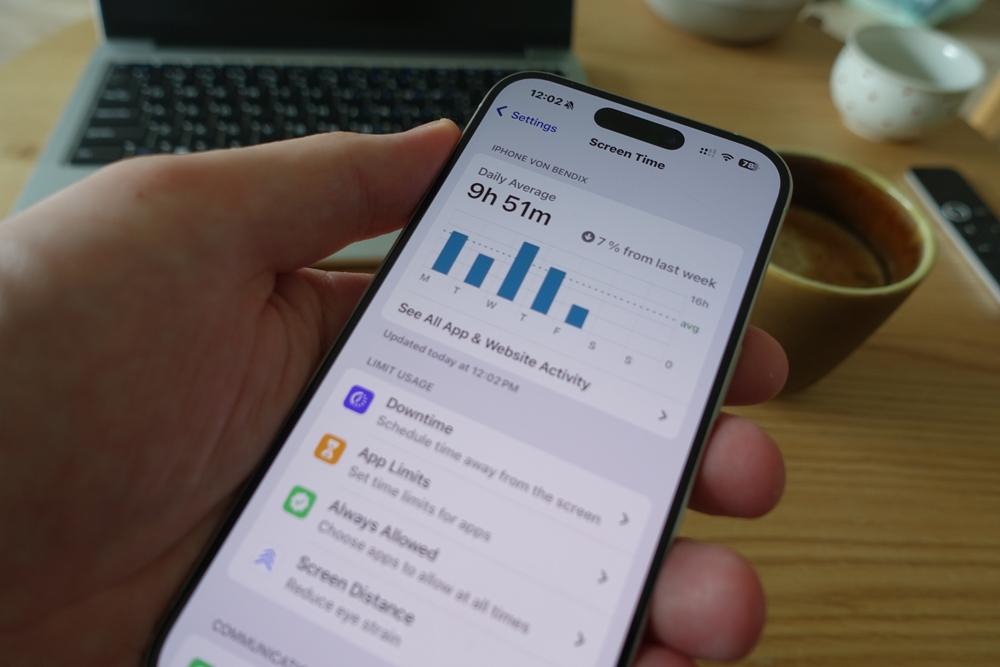
Plan a nightly “digital sunset” on your phone, which is when you stop looking at screens, preferably 60 to 90 minutes before bed. Limits can be automatically set with the aid of apps like iOS Screen Time and Android’s Digital Wellbeing. By lowering your exposure to blue light and cognitive stimulation, you can relax and get a better night’s sleep, which is essential for emotional control and mental clarity.
2. Download a Sound Bath or Ambient App

Anxiety and stress can be lessened with sound therapy. AI-generated soundscapes are available through apps like Endel, Brain.fm, and MyNoise to aid in sleep, concentration, and relaxation. Many of these are supported by neuroscience to affect brain wave activity, so they’re not just lovely sounds. Use it to relax your nervous system before bed, during stressful situations, or during commutes.
3. Create a “Feel-Good” Photo Album

Launch a photo album called “My Joy Folder” or “Smile File” on your phone. Include images, memes, screenshots of encouraging messages, memories of trips, or anything else that makes you feel better. When you’re feeling anxious or depressed, looking at positive imagery can quickly reset your emotions by releasing the feel-good hormones oxytocin and dopamine.
4. Turn Off All Non-Essential Notifications
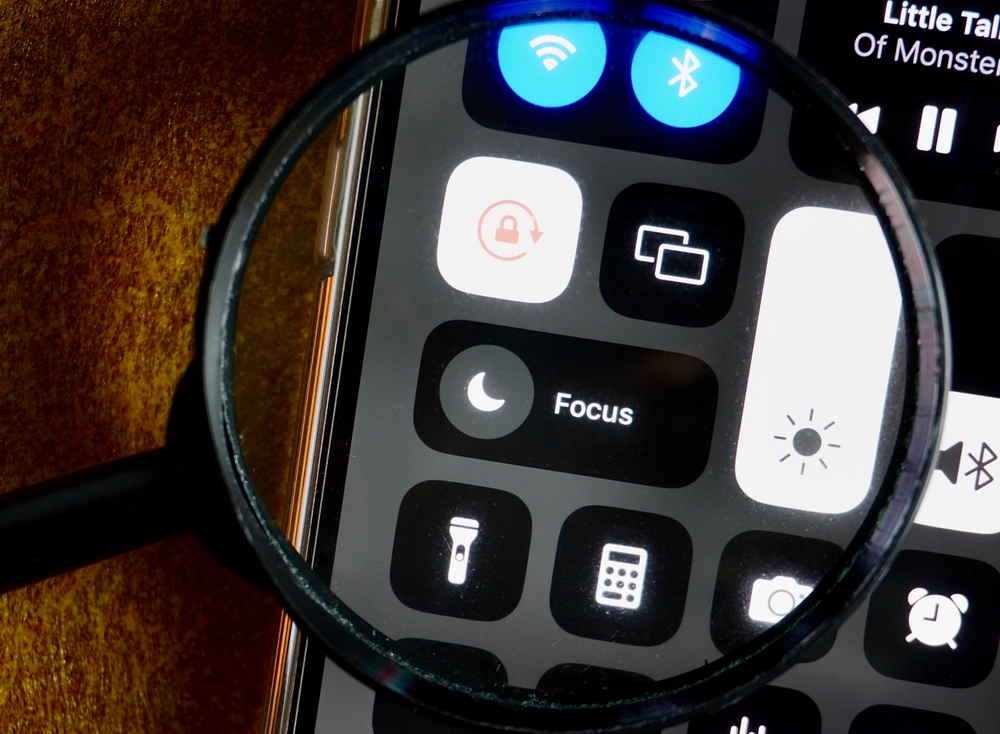
Every pop-up or ping diverts your attention and raises your cortisol levels. Turn off unused app notifications in your settings, particularly for news, email, and social media. This helps you focus better, clear out your mind, and regain control over your attention. A calmer phone means a calmer head. You won’t overlook anything significant.
5. Follow Accounts That Nourish You
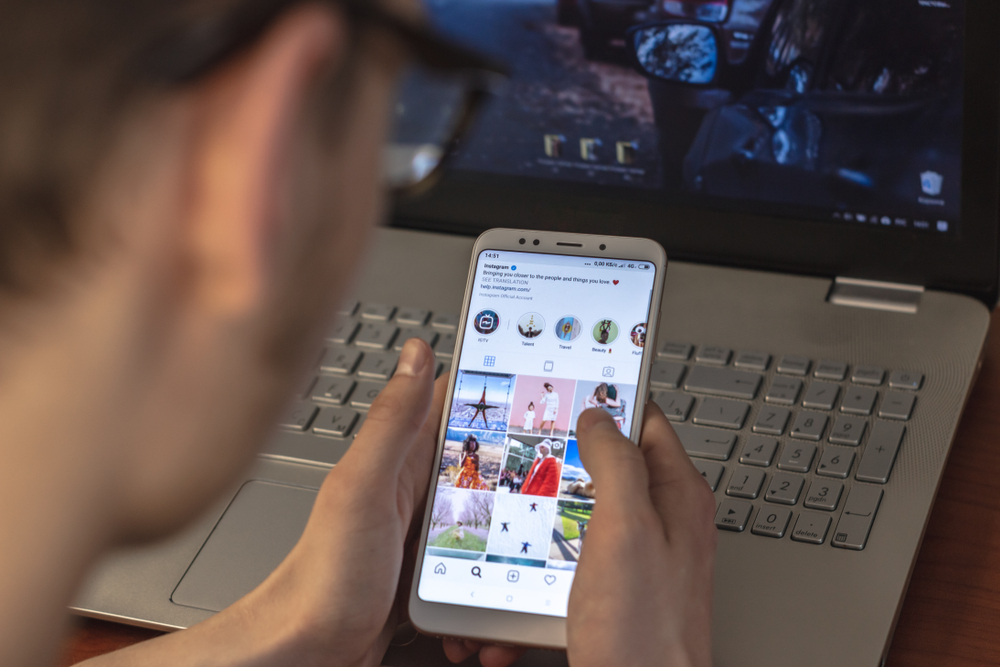
Examine your social media accounts. Unfollow accounts that overwhelm you, make you feel anxious, or make you feel unworthy. Rather, follow creators who inspire, educate, or promote peace—think artists, nature photographers, mental health specialists, or content about peaceful living. Instead of draining your energy or confidence, your feed should be a place where you can recharge.
6. Schedule Mental Health Check-Ins
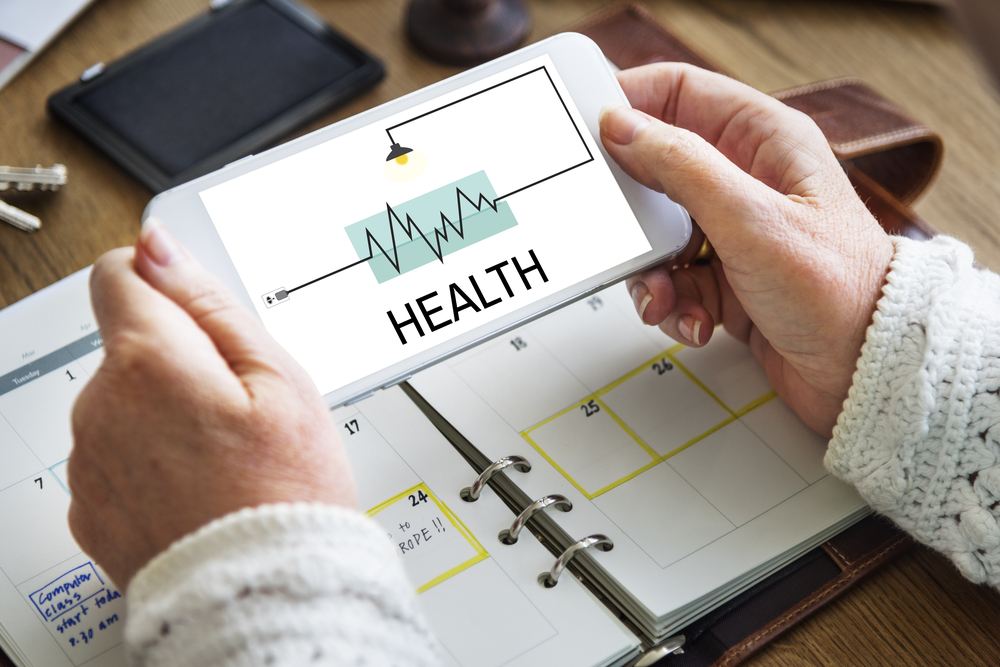
Set “mental check-in” alarms for each day or each week using your calendar app or reminders. Ask yourself, “How am I feeling?” after it goes off. What am I currently in need of? These deliberate moments remind you to put self-compassion first, help you stay emotionally self-aware, and help you catch stress before it becomes a problem.
7. Try Micro-Journaling Apps
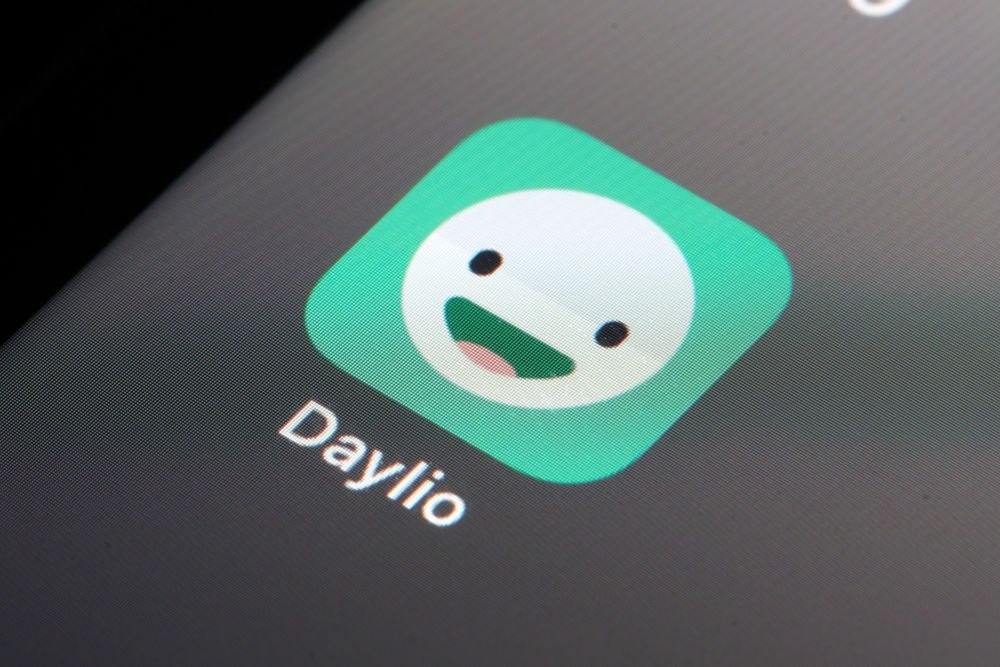
Journaling doesn’t have to take a lot of time. To record your mood, keep track of your thoughts, or react to prompts in less than two minutes, use apps like Daylio, Stoic, or Reflectly. These digital journals support the development of self-awareness, thought processing, and emotional pattern recognition—all essential elements of long-term emotional resilience and wellness.
8. Use AI Therapy & Support Apps

Supportive dialogues, emotional coaching, and even CBT-based exercises are offered by apps like Wysa, Youper, or MindDoc through artificial intelligence. They’re excellent for daily mental check-ins, but they shouldn’t be used in place of therapy. These apps provide a judgment-free environment for self-expression at any time, coping mechanisms for anxiety or depression, and structure for self-reflection.
9. Text Someone You’ve Been Thinking About

One of the best indicators of emotional health is social connection. Send a brief “Hey, just checking in” message to someone using your phone. This small act of outreach, whether you reconnect or just make someone’s day better, increases oxytocin and strengthens your own sense of purpose and connection.
10. Set a 10-Minute “Feel-Good Content” Timer

In moderation, joy and laughter can improve mental health. Put a 10-minute timer on and watch uplifting or humorous videos. Imagine charitable deeds, humorous skits, or animal rescues. Instead of wasting time, use it as a brief mental break. By keeping you focused, the timer transforms a scroll into a ritual that calms your soul.
11. Use Breathing or Anxiety-Relief Apps

When stress strikes, turn to breathing apps like Breathwrk, Othership, or Oak. These apps guide you through scientifically designed breathwork to calm your nervous system. Whether it’s box breathing, 4-7-8, or energizing breaths, just 2–3 minutes of mindful breathing can lower heart rate and anxiety—right from your lock screen.
12. Customize Your Lock Screen With Supportive Reminders
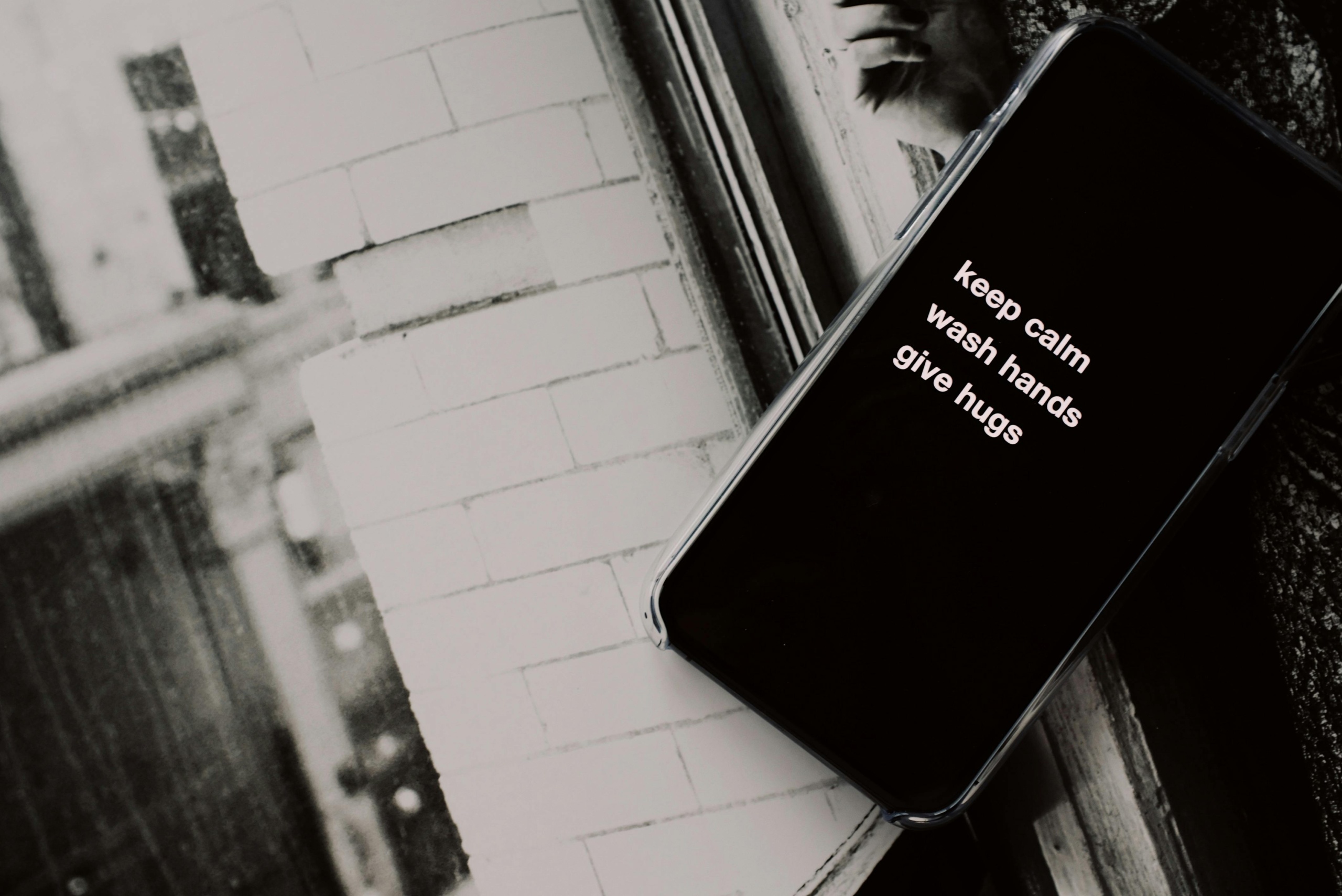
Make your phone a kind mentor. Create a lock screen with soothing mantras, affirmations, or reminders like “You’ve survived 100% of your hard days” or “Breathe first, react later” using Canva or your notes app. This transforms mindless phone checking into a tiny dose of peace and self-compassion.
13. Use Your Phone to Sleep Smarter
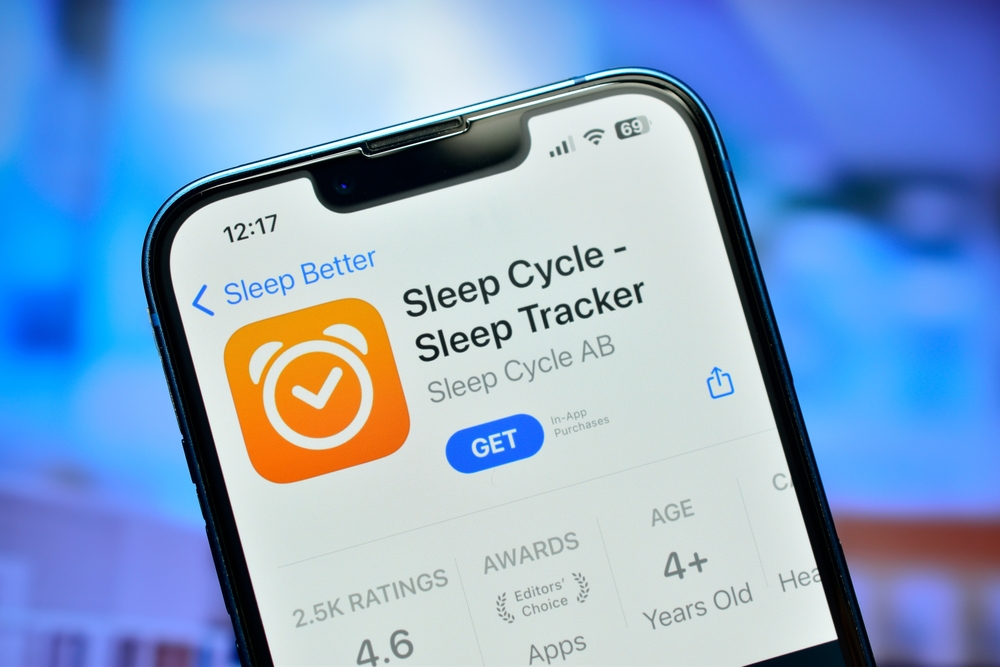
Sleep habits are crucial for mental health, and apps like Sleep Cycle, Loona, or Calm can help you monitor and enhance them. They provide calming bedtime stories or sounds, gently wake you, and track your sleep stages. To lessen melatonin disruption and safeguard your circadian rhythm, use this in conjunction with a blue light filter or night mode.
You only need to use your phone purposefully if you want to improve your mental health. You can safeguard your tranquility, elevate your mood, and maintain a connection to what truly matters—your body, mind, and joy—by transforming your gadget into a self-care toolkit.




